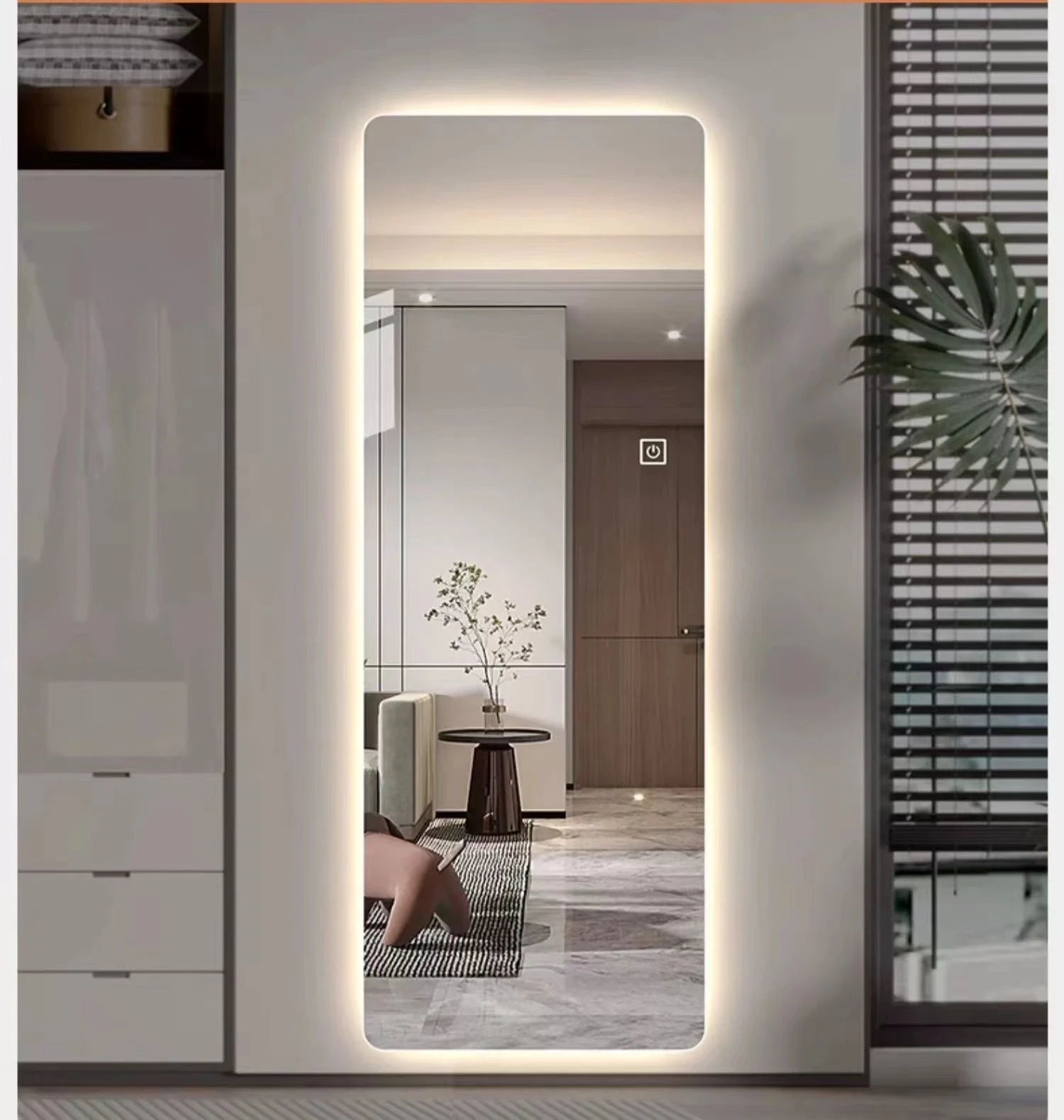

The Art and Science of Back-Silvered Mirrors
The back-silvered mirror, often simply referred to as a silvered mirror, holds a distinctive place in both the practical and aesthetic realms of our lives. This reflective surface, which has graced homes and institutions for centuries, is not merely a piece of glass; it represents a fascinating intersection of art, history, and technology.
A Glimpse into History
The origins of mirrors can be traced back to ancient civilizations. The earliest mirrors were made of polished stone, such as obsidian, and later transitioned to metals such as bronze and silver. These early reflectors were not only functional but also held significant cultural and mystical values. As techniques evolved, glass began to take precedence in mirror-making.
By the 16th century in Europe, advancements in glass production led to the development of the back-silvered mirror. The process involved coating a sheet of glass with a thin layer of metallic silver on its back surface. This method provided a clearer and brighter reflection compared to earlier techniques, marking a significant evolution in mirror technology.
The Manufacturing Process
Creating a back-silvered mirror requires precision and expertise. The process generally involves several key steps
1. Glass Preparation High-quality glass is selected and carefully cut to the desired size. The surface must be meticulously polished to ensure it is free of imperfections that could affect the reflection.
2. Cleaning The glass is thoroughly cleaned to remove any dust or oils that could interfere with the silver coating. This step is crucial, as any contaminants can lead to defects in the mirror’s finish.
3. Silvering The most critical phase involves applying a thin layer of silver. Traditionally, this was done by placing a solution of silver nitrate and other chemicals onto the glass, allowing a chemical reaction to deposit metallic silver onto the surface. Modern methods might utilize vacuum deposition techniques, which ensure an even and durable coating.
4. Protective Coating Once the silver layer is applied, it is typically protected by a coating of paint or lacquer. This serves to shield the silver from tarnishing, enhancing the longevity of the mirror.

5. Framing Finally, the finished mirror is framed. The frame not only serves an aesthetic purpose but also provides structural integrity to the mirror.
The Role of Back-Silvered Mirrors
Today, back-silvered mirrors are ubiquitous, appearing in various forms across both residential and commercial spaces. They serve multiple purposes, from enhancing the brightness of a room to creating an illusion of space. Interior designers often employ large mirrors to make small rooms appear more expansive and to introduce light into dark corners.
Beyond their functional use, these mirrors are powerful tools in art and design. Artists and photographers incorporate mirrors in their works to explore themes of reflection, identity, and perception. The play of light and shadow created by mirrors can transform an ordinary space into a dynamic environment rich with visual interest.
Cultural Significance
Back-silvered mirrors also carry deep cultural symbolism. In many traditions, mirrors are viewed as portals between worlds or tools for introspection. They reflect not only the physical form but can also be seen as a metaphor for self-awareness and personal reflection. This duality enhances their significance in both personal and social contexts.
Maintenance and Care
To preserve the beauty and function of back-silvered mirrors, proper care is essential. Regular cleaning with a soft, damp cloth helps keep the glass free of dust and grime. It's important to avoid harsh chemicals that can damage the reflecting layer. If the mirror begins to tarnish or develop imperfections, professional restoration may be necessary to restore its original brilliance.
Conclusion
The back-silvered mirror is more than just a reflective surface. It embodies a rich history, a complex manufacturing process, and plays a vital role in art, design, and cultural symbolism. As we gaze into these surfaces, we are not only looking at our reflection but also engaging with centuries of craftsmanship and the enduring human fascination with light, reflection, and perception. Whether in a grand hall or a cozy bathroom, these mirrors continue to illuminate our lives in myriad ways.